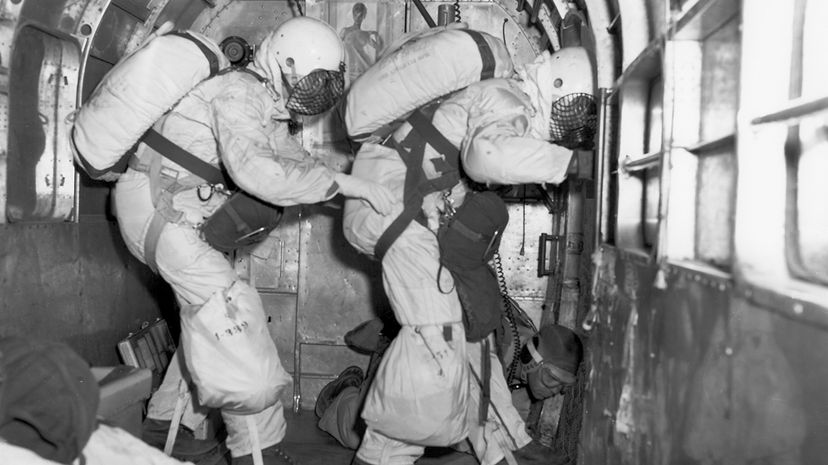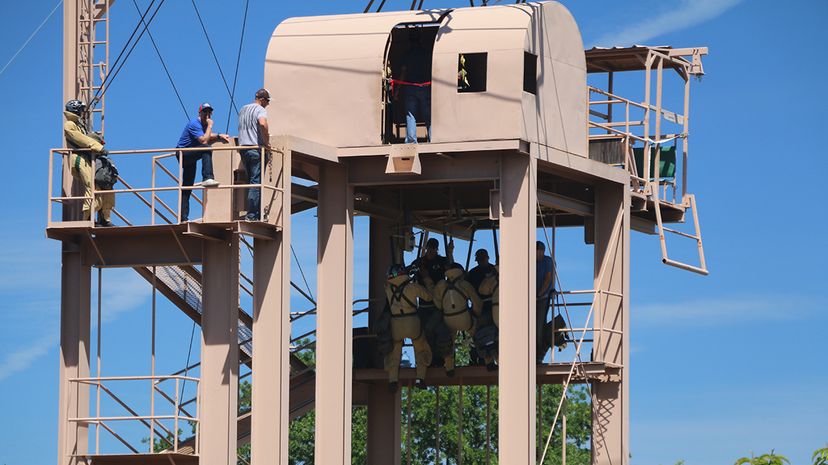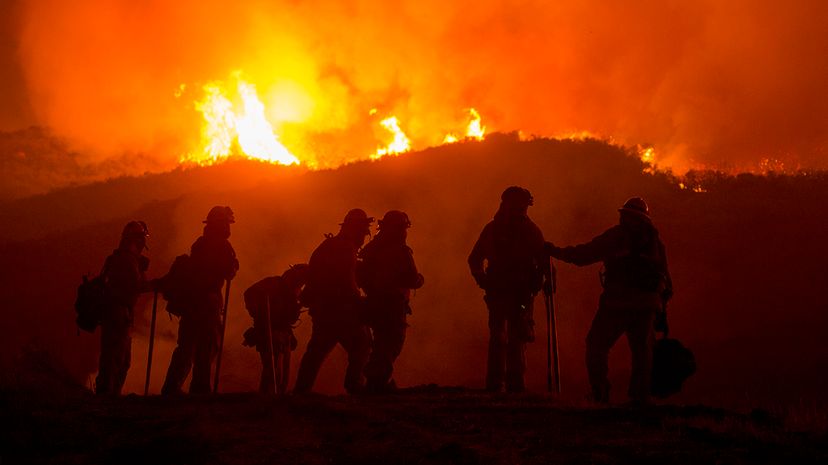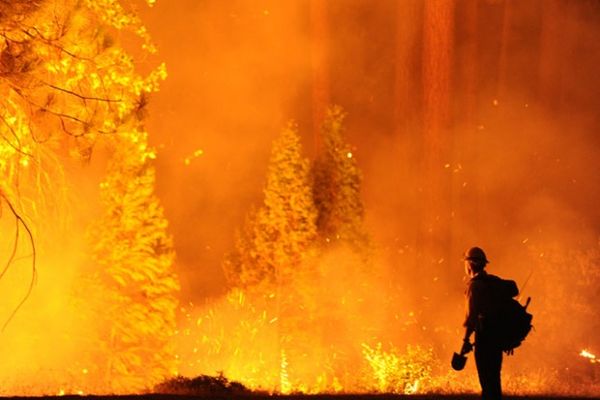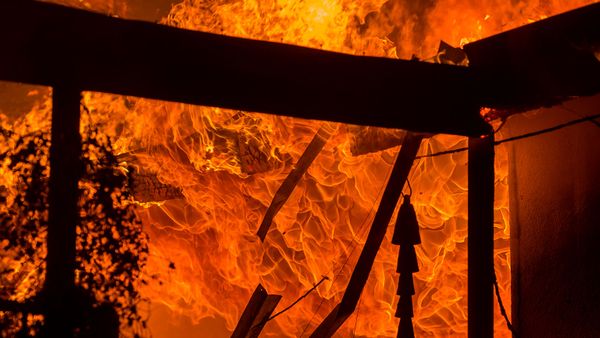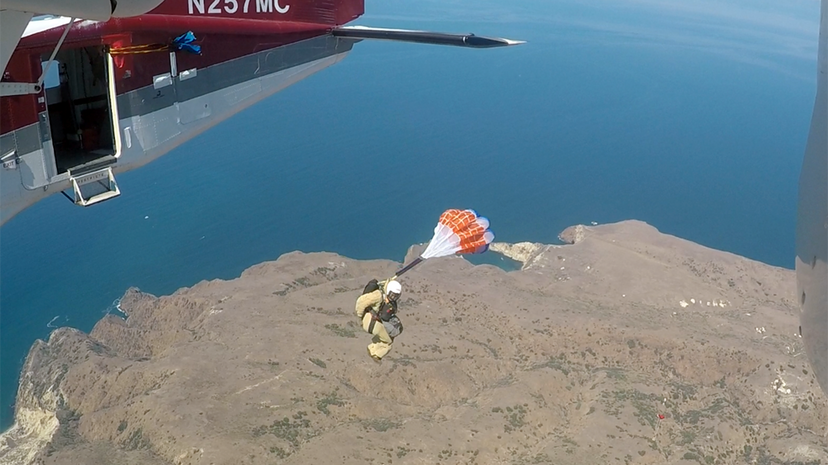
On Sept. 11, 2017, an elite team of firefighters made history. They were battling a wildfire in the Channel Islands National Park off the coast of Southern California. It was considered historic because these were no normal firefighters. These were smokejumpers and this was the first time ever they'd been sent to fight a fire in the Channels Island National Park. The fire was first reported by a boater the morning of Sept. 11, and by about 1 p.m., the team of four was on top of the blaze after parachuting in and attacking it from the ground [source: Gabbert].
This fire was small — just 1/10 of an acre (.04 hectare) by U.S. Forest Service estimates — but smokejumpers regularly assist with intense wildfires that cover vast amounts of land. For instance, as of this update, smokejumpers are currently helping battle multiple wildfires in the Western U.S., including the massive Dixie Fire in Northern California. As of Aug. 31, 2021, it's the second largest wildfire in California history and has burned (to date) more than 807,000 acres, according to CalFire.
Advertisement
Smokejumpers are men and women who specialize in fighting blazes their ground-bound peers can't reach. When a wildfire breaks out, these elite aerial firefighting teams rapidly take to the skies and fly where others can't travel easily, often parachuting in to combat fires on the ground in remote and inaccessible landscapes. They organize on a dime, remain completely self-sufficient for up to 72 hours, create access points for other arriving forces and provide seasoned leadership for assembling crews.
They don't always parachute to their destinations, of course. While they're commonly used for out-of-the-way fires, their rigorous training and special skill sets mean they're also deployed to fight easier-to-reach fires. But when the situation does require parachuting, it's just these select few who are called upon to undertake that perilous task.
Advertisement
